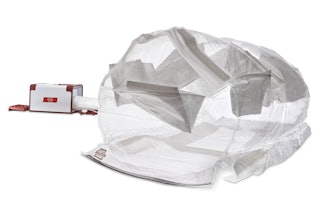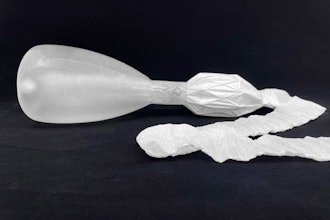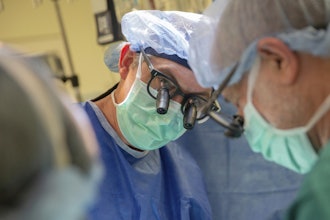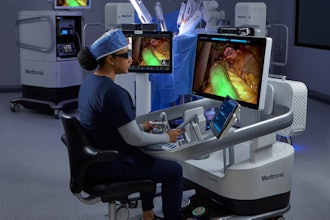
The U.S. Food and Drug Administration issued a draft guidance to help ensure that information is available to patients and health care professionals to clearly communicate the benefits and risks of LASIK devices.
"It is important to provide patients with comprehensive labeling that clearly describes the risks involved with LASIK surgery, including potential adverse effects such as dry eye, pain and discomfort, and visual symptoms," said Jeff Shuren, M.D., director of the FDA's Center for Devices and Radiological Health. "These proposed labeling recommendations, based on extensive consultation with stakeholders and patients, are intended to present information about LASIK in language that is easy to read and understand and include images that convey visual symptoms that could occur following LASIK. The draft guidance is designed to support discussions that patients should have with their eye care providers about the benefits and risks of LASIK to help them make informed decisions before proceeding with the surgery."
LASIK is an outpatient surgical procedure that permanently reshapes the cornea to change the way the eye focuses light rays onto the retina at the back of the eye. LASIK surgery is intended to correct common vision problems such as nearsightedness, farsightedness, and astigmatism and to reduce a person's dependency on eyeglasses and contact lenses.
The draft guidance "Laser-Assisted In Situ Keratomileusis (LASIK) Lasers–Patient Labeling Recommendations," details the FDA's proposed recommendations for the content and format of patient labeling for LASIK devices, including general information about the surgical procedure; indications for use; benefits; procedure alternatives; contraindications, warnings and precautions; risks; what to expect before, during and after surgery; clinical study information; and manufacturer contact information. In addition, the draft guidance proposes the inclusion of a patient decision checklist as part of the patient labeling information that physicians provide to their patients prior to the procedure. To ensure the patient decision checklist is clearly understood by patients, the proposed checklist includes, among other information, who is a good candidate for LASIK, what to expect after surgery, and a summary of long-term risks of the procedure. It also proposes that the patient and physician sign the checklist to acknowledge it was read and discussed.
The FDA collaborated with external experts on research efforts that informed the recommendations in the draft guidance. The agency, in collaboration with the National Eye Institute and the Department of Defense, conducted research as part of the LASIK Quality of Life Collaboration Project to help better understand the potential risk of problems that can occur after LASIK. This project led to the development of the Patient-Reported Outcomes with LASIK PROWL Symptoms and Satisfaction (PROWL-SS), questionnaire, qualified through the FDA's Medical Device Development Tools (MDDT) program.
By issuing draft guidance for public comment, the FDA is encouraging feedback on the proposed labeling recommendations from patients, health care providers and stakeholders. The FDA will continue to monitor the latest scientific data related to LASIK and work with professional medical societies and patient advocacy groups to help ensure that risk information about LASIK devices is disseminated to patients, as new information becomes available.






















